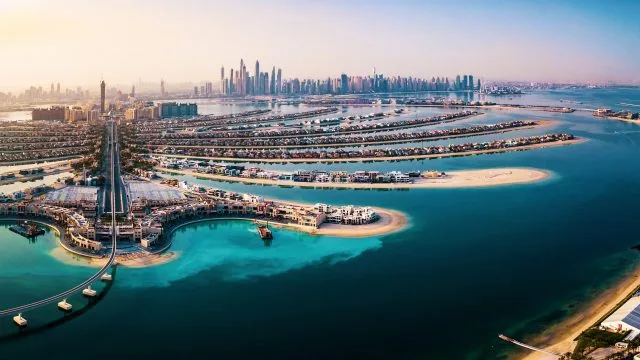Chloe Ashton considers whether the Bordeaux en primeur system has fallen so far out of favor that it is perhaps not much longer for this world.
This is not another Bordeaux en primeur article. By the time of publication, the 2023 Bordeaux en primeur campaign will be coming to a close. Forgive my brutal realism, but I don’t believe it will be a successful campaign (though I’d be very pleased and relieved to be proved wrong). If my modest tenure of 11 en primeur campaigns has taught me anything, it’s that Bordeaux en primeur prices are never as low as the trade might wish them to be (with the exception of 2019) and that price is virtually all that matters in sorting wheat from chaff during a one- or two-month period when more than 300 wines are released onto market. At the time of writing, the first few major 2023s to have declared a price have met mixed reviews. Stephen Browett, chairman of Farr Vintners, tells me, “Lafite has worked because it was priced (to the consumer) lower than any physical vintage. That is the purpose of en primeur, and it was good that they came down to the right price. Léoville-Las-Cases came down significantly on 2022, but the problem there is that it wasn’t enough. The consumer can purchase ready-to-drink vintages such as 2015, 2014, 2012, 2011, 2008, and 2006 for less.” Indeed, Matthew O’Connell, CEO of Bordeaux Index’s LiveTrade platform reminds me that “a headline discount on
This Article was originally published on World of Fine Wine





